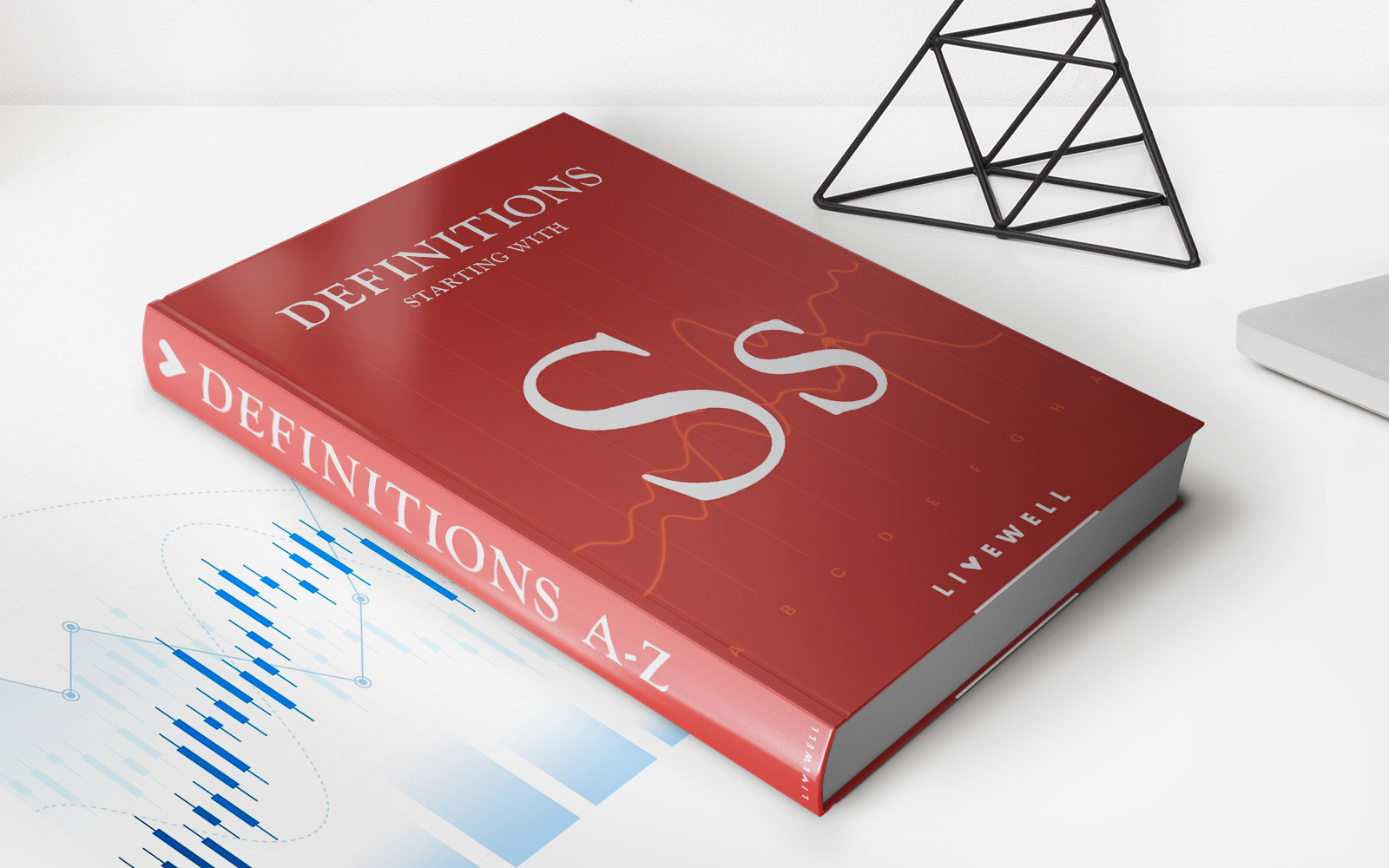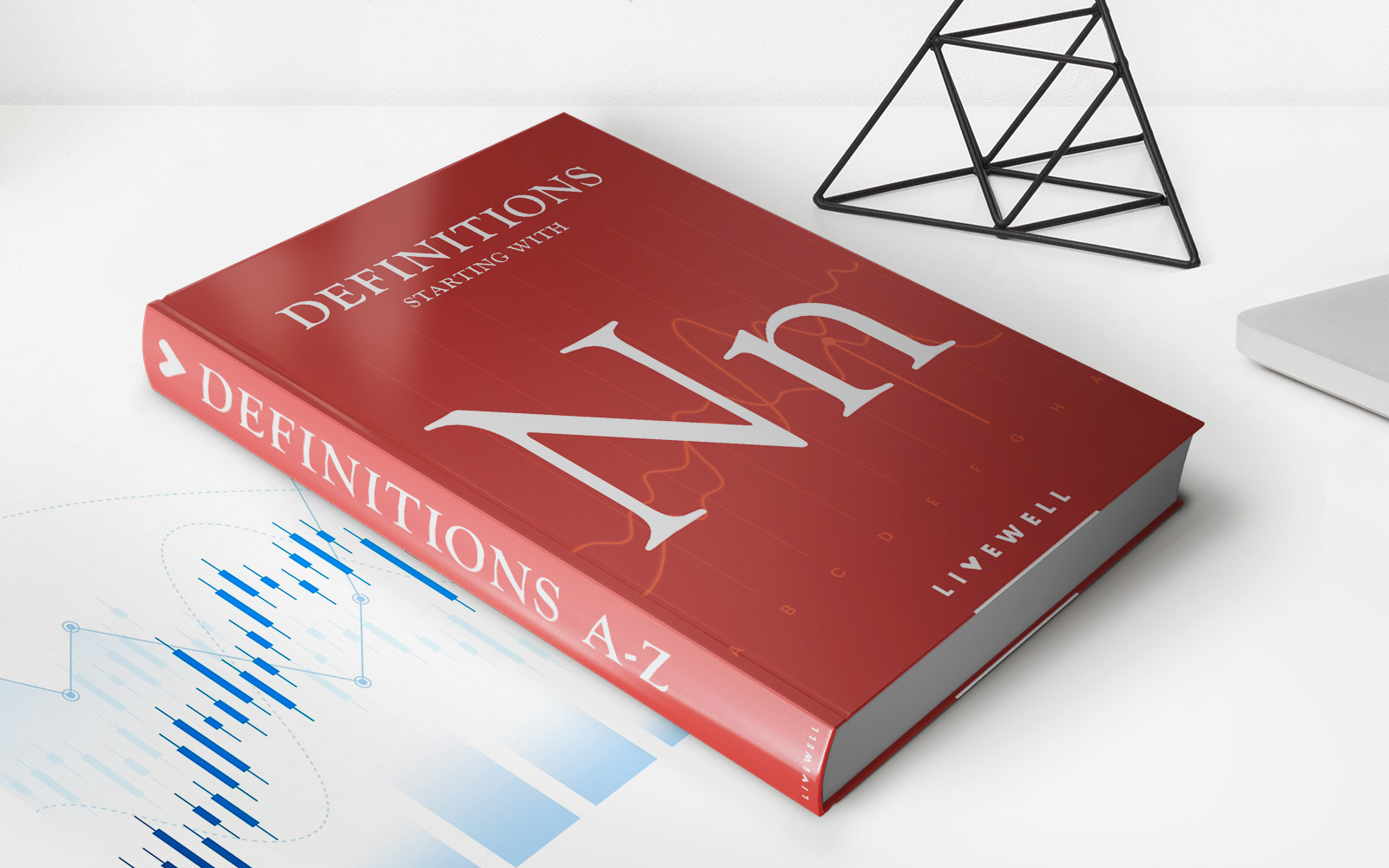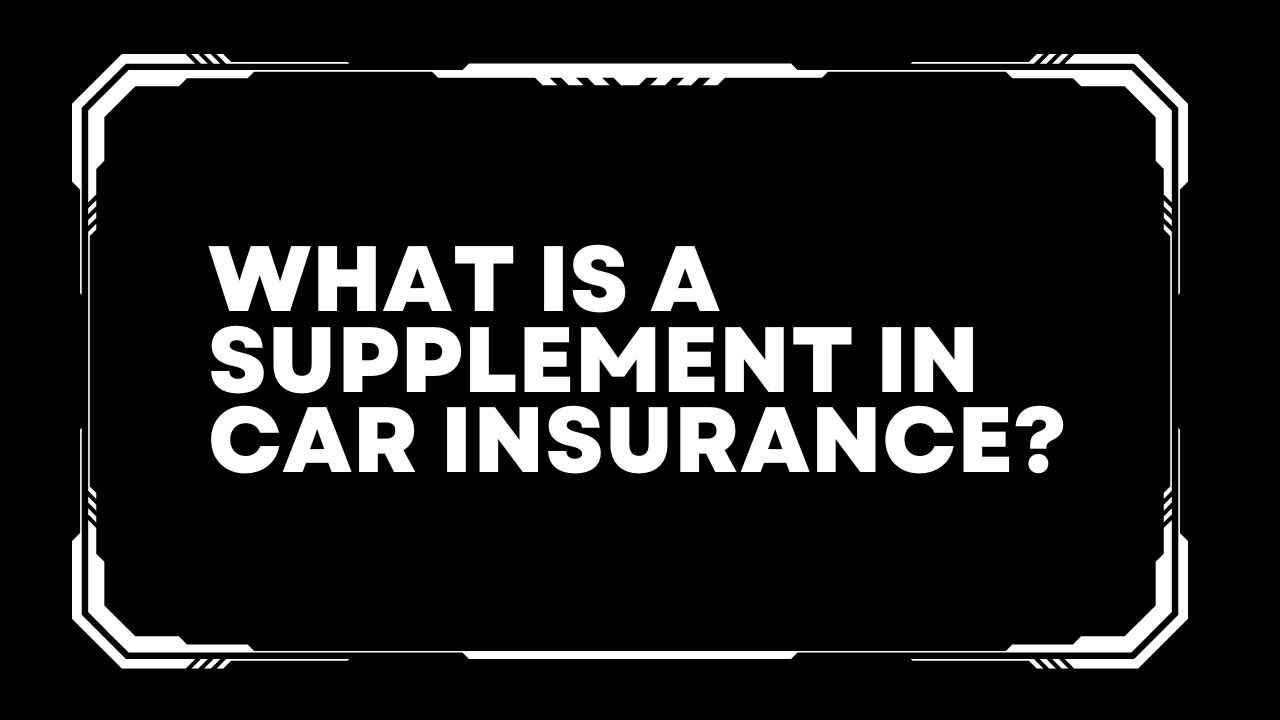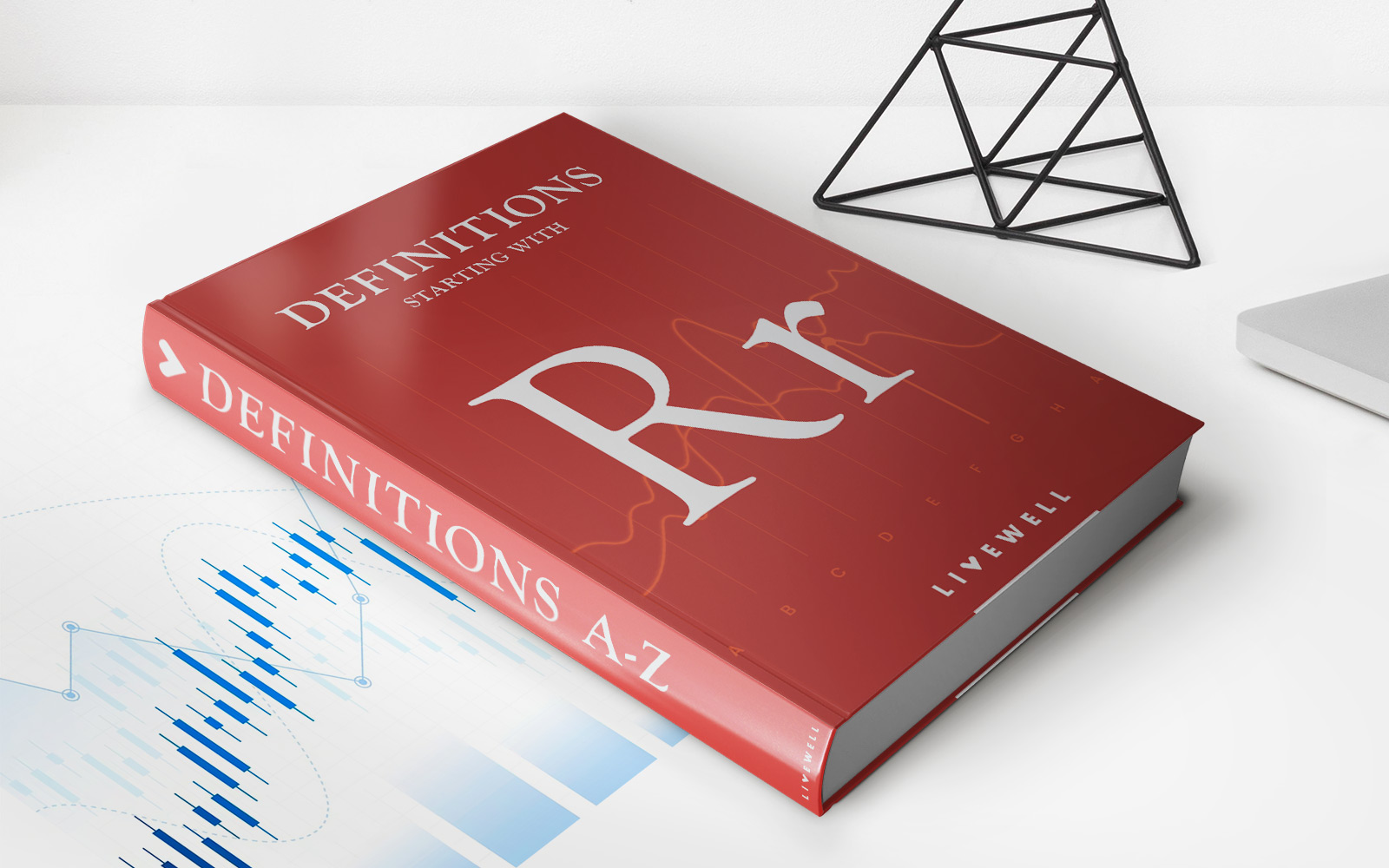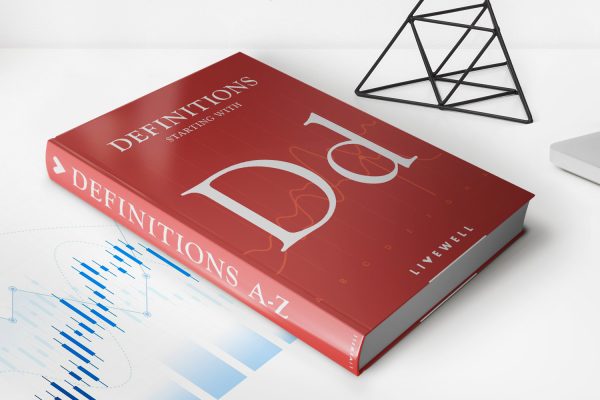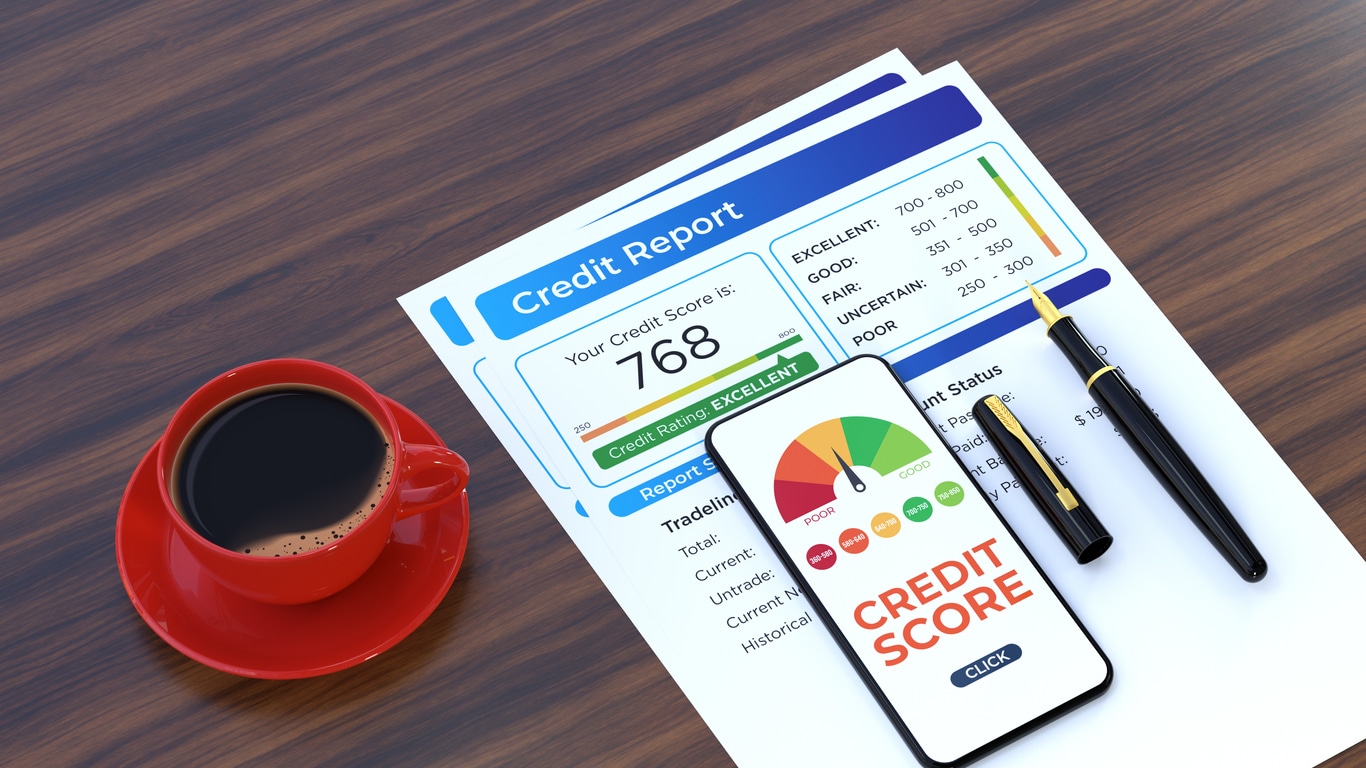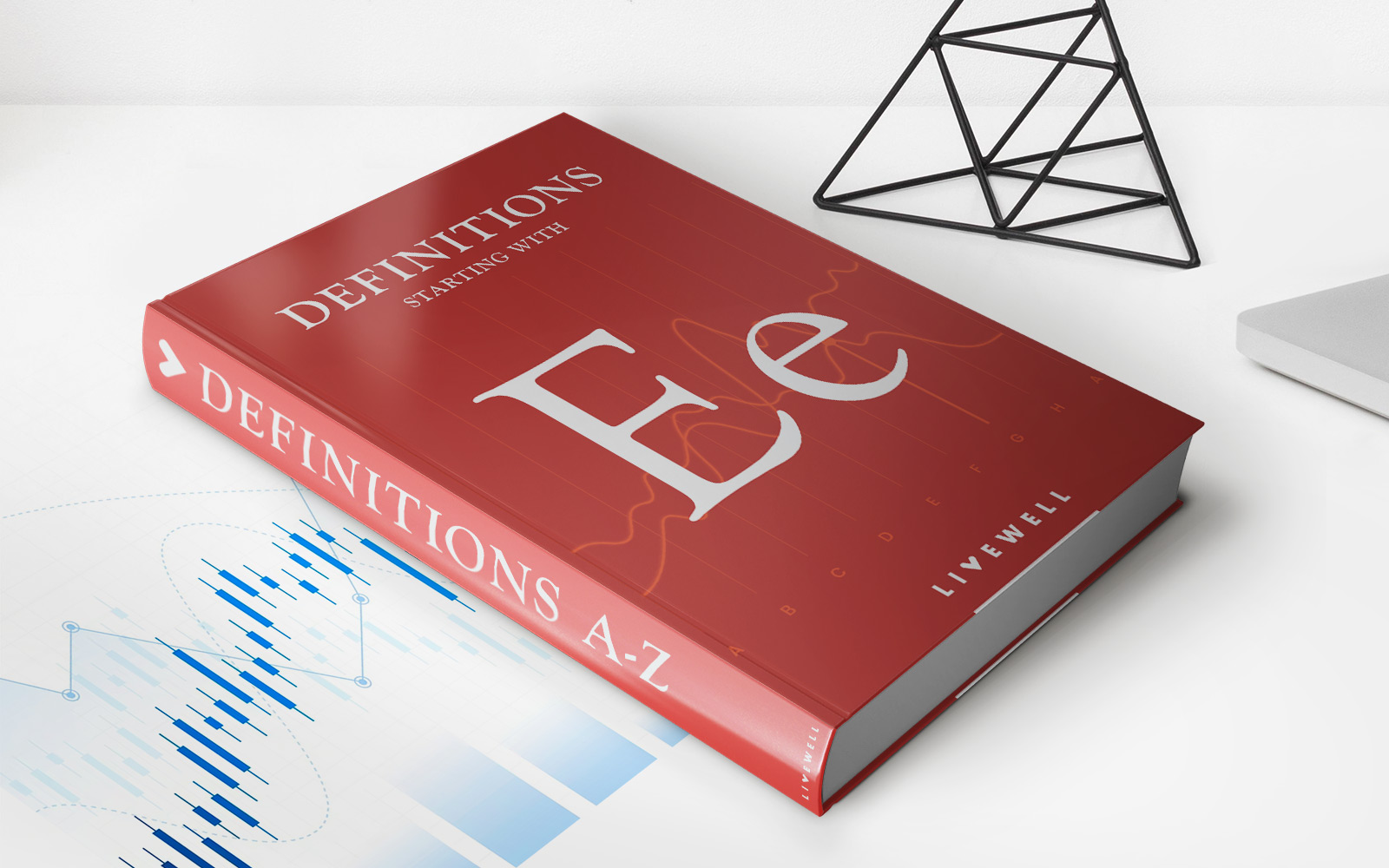Home>Finance>Private-Passenger Auto Insurance Policyholder Risk Profile Definition


Finance
Private-Passenger Auto Insurance Policyholder Risk Profile Definition
Published: January 11, 2024
Find out how the finance industry defines risk profiles for private-passenger auto insurance policyholders. Discover key insights and tips to manage your insurance policies effectively.
(Many of the links in this article redirect to a specific reviewed product. Your purchase of these products through affiliate links helps to generate commission for LiveWell, at no extra cost. Learn more)
Understanding Private-Passenger Auto Insurance Policyholder Risk Profile Definition
When it comes to managing your finances, understanding various aspects of the insurance industry can play a crucial role. One important concept to familiarize yourself with is the definition of a private-passenger auto insurance policyholder risk profile. In this blog post, we will explain what this term means, its significance for both insurance companies and policyholders, and how it can impact your premiums.
Key Takeaways:
- A private-passenger auto insurance policyholder risk profile defines the level of risk an individual poses to an insurance company.
- Factors such as driving history, age, location, and vehicle type are used to assess a policyholder’s risk profile.
So, what exactly is a private-passenger auto insurance policyholder risk profile? Simply put, it is an evaluation that insurance companies use to determine the likelihood of a policyholder making an insurance claim. By assessing a policyholder’s risk profile, insurers are able to calculate premiums that accurately reflect the potential risk associated with a specific policy.
Insurance companies take various factors into consideration when assessing a policyholder’s risk profile. These factors commonly include:
- Driving history: The policyholder’s past driving record can provide insight into their level of riskiness on the road. A history of accidents, speeding tickets, or other traffic violations may indicate a higher risk profile.
- Age: Younger and inexperienced drivers are generally considered more likely to be involved in accidents, leading to a higher risk profile. On the other hand, older and experienced drivers may have a lower risk profile.
- Location: Where a policyholder resides can also impact their risk profile. Areas with high crime rates or high accident rates are often associated with a higher level of risk.
- Vehicle type: The type of vehicle a policyholder owns can influence their risk profile. Sports cars or other high-performance vehicles are typically seen as more prone to accidents or theft, increasing the policyholder’s risk.
By examining these and other relevant factors, insurance companies assign a risk profile to each policyholder. This profile then plays a significant role in determining the premium rates for their auto insurance policy. Individuals with a higher risk profile are likely to face higher premiums, as the insurance company must account for the increased likelihood of a claim.
It’s crucial for policyholders to understand how their risk profile affects their insurance premiums. By maintaining a clean driving record, being mindful of where you live, and choosing a vehicle with lower associated risks, you can potentially lower your risk profile and, consequently, your insurance premiums. Additionally, understanding how different factors impact your risk profile can help you make informed decisions when shopping for car insurance.
In conclusion, a private-passenger auto insurance policyholder risk profile is a critical component of the insurance industry. It allows insurance companies to assess the likelihood of claims and set premiums accordingly. As a policyholder, understanding your risk profile and how it is determined can empower you to make smart choices when it comes to managing your finances and protecting your vehicle.


